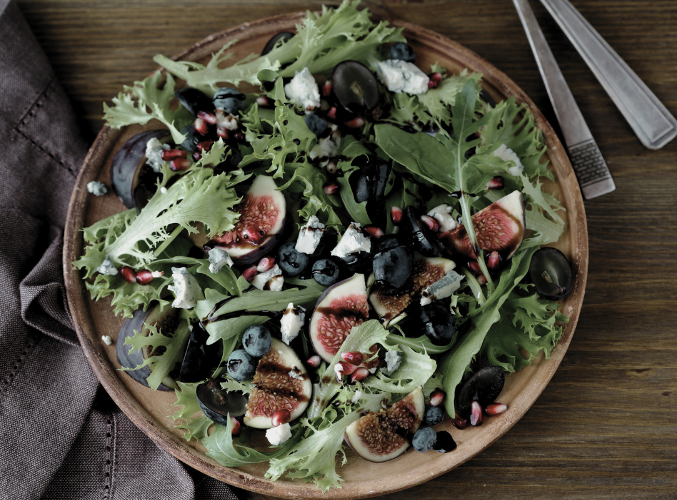

From Africa to Asia to Oceania: New Year’s Traditions Around the World
Summary
Reflection Questions
Journal Prompt
New Year’s celebrations, observed worldwide, mark a period of renewal and reflection. This annual event, transcending geographical and cultural boundaries, is celebrated with a myriad of traditions and customs, each unique to its cultural and historical context. While the underlying theme remains the celebration of a new beginning, the practices vary significantly, reflecting the rich tapestry of global cultures. In this article, we examine the diverse ways in which societies across the world commemorate the advent of the New Year, highlighting the varied customs that define and distinguish these global festivities. From jotting down New Year’s Resolutions for the year ahead to casting seven wishes, these are some of the most interesting traditions from around the world.
New Year’s Day and New Year’s Eve Traditions Around the World
China


The Chinese New Year, also known as the Spring Festival, is a pivotal event in Chinese culture, symbolizing the onset of spring and a new year according to the lunar calendar. Central to this celebration are customs like the giving of red envelopes, or ‘hongbao’, which contain money and are believed to bring good luck and ward off evil spirits.
Dragon dances, embodying strength and good fortune, are a common sight during parades and community gatherings. Additionally, family reunions are integral to the festival, often featuring elaborate feasts that include symbolic dishes representing prosperity and longevity.
Japan
In Japan, the New Year (Shōgatsu) is welcomed with a blend of solemnity and festivity. A significant tradition is ‘Joya no Kane’, where temple bells are rung 108 times to symbolize the cleansing of the 108 worldly desires, according to Buddhist belief.
Another custom involves viewing the first sunrise of the year, ‘Hatsuhinode’, as an act of welcoming the New Year and praying for good fortune. Culinary traditions play a significant role, with toshikoshi soba, a type of noodle dish, being consumed on New Year’s Eve. This dish symbolizes longevity and crossing over from one year to the next.
India
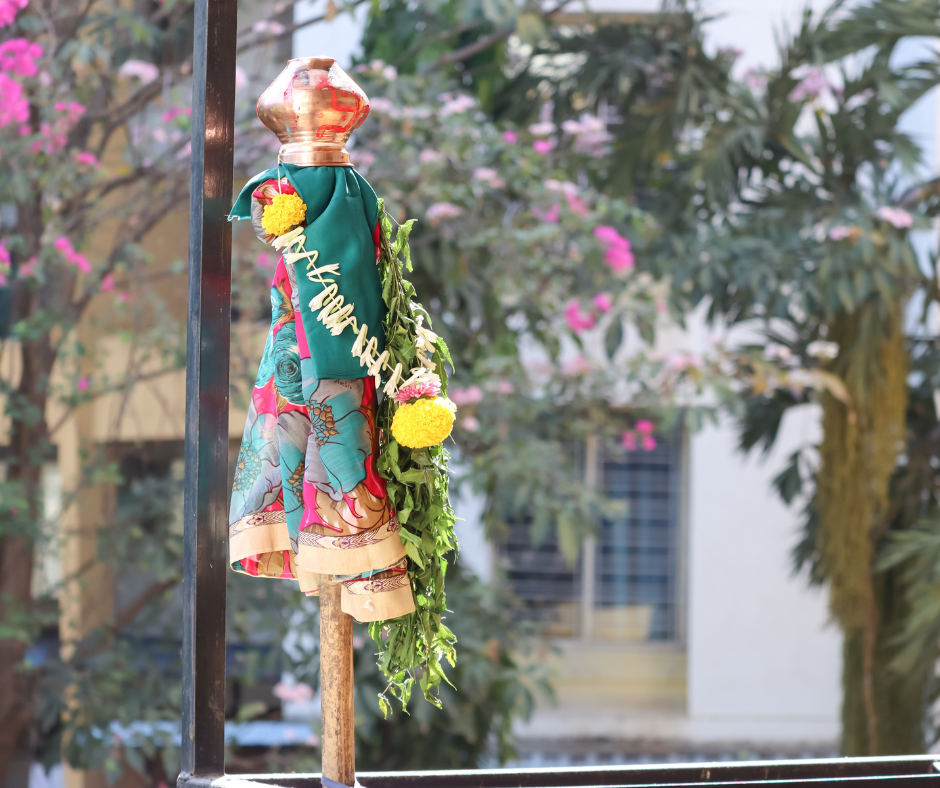

India’s New Year celebrations vary widely across its regions, reflecting the country’s cultural diversity. While Diwali, the festival of lights typically observed in October or November, is considered the start of the New Year in some regions, other parts of India celebrate different New Year’s days.
For example, Ugadi marks the New Year in Karnataka and Andhra Pradesh, while Maharashtra celebrates Gudi Padwa. Tamil Nadu observes Puthandu as its New Year. Each of these festivals is marked by specific rituals, special foods, and cultural events, embodying regional traditions and customs in the celebration of the New Year.
Spain
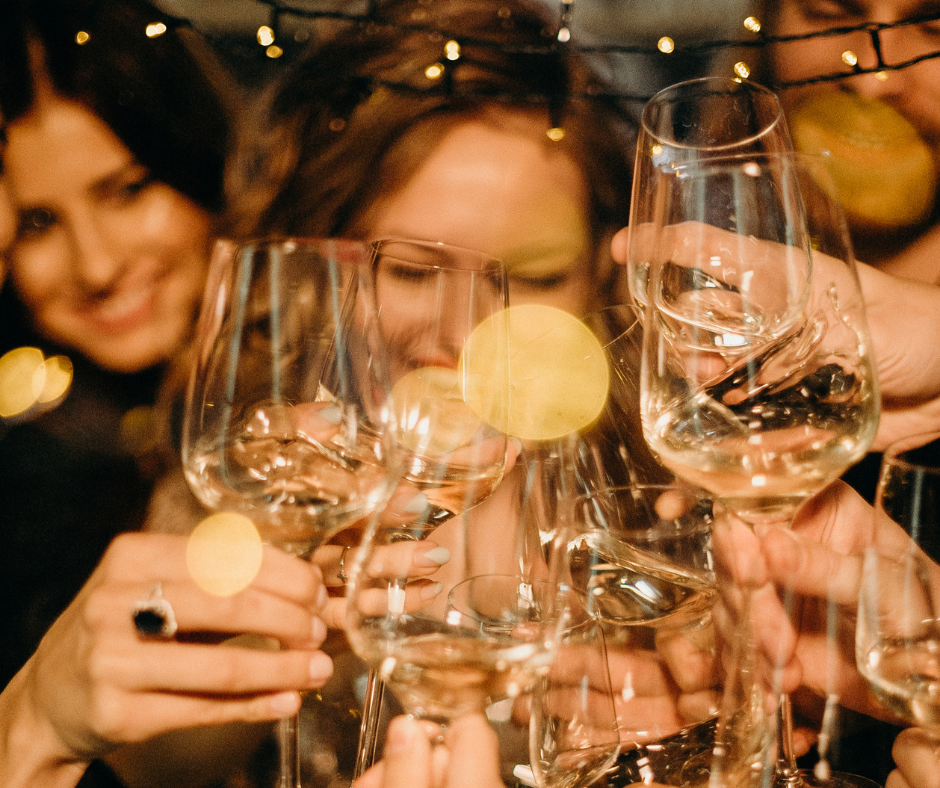

In Spain, the New Year is ushered in with a unique tradition known as the ‘Twelve Grapes’. As the clock strikes midnight, Spaniards eat one grape at each chime, a practice believed to bring good luck for each month of the coming year.
This custom, deeply ingrained in Spanish culture, is usually accompanied by gatherings in major squares or at home with family and friends, symbolizing a communal hope for prosperity and happiness in the New Year.
Scotland
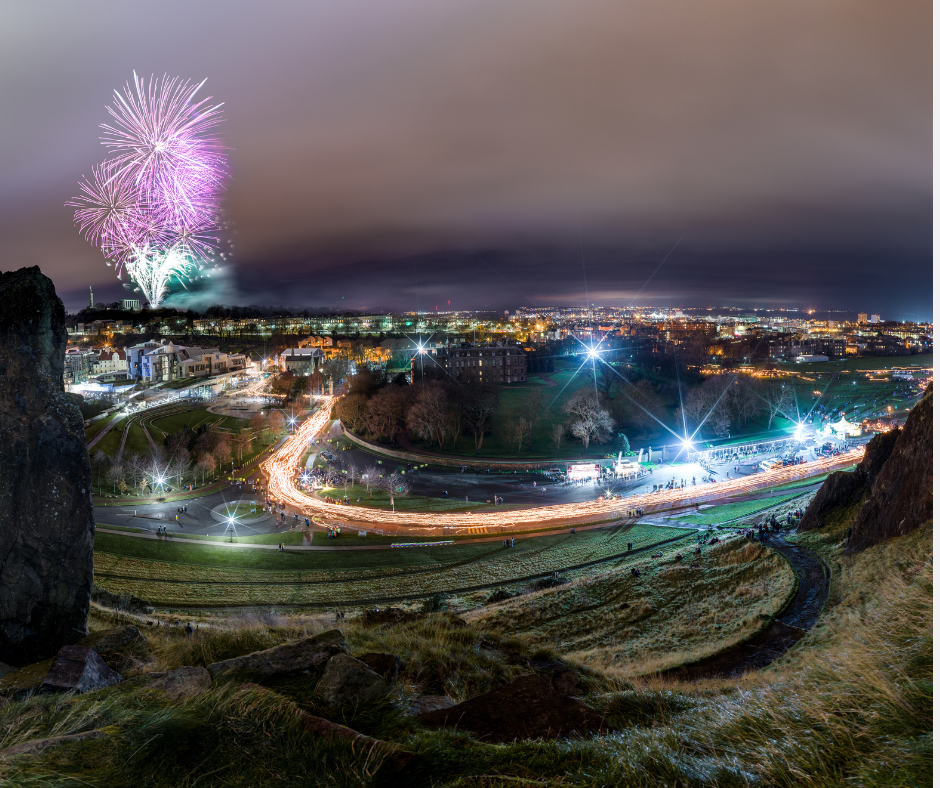

Scotland’s New Year celebration, known as Hogmanay, is a blend of ancient customs and contemporary festivity. A standout tradition is ‘First-Footing’, which holds that the first person to cross the threshold of a home after midnight brings good fortune for the coming year.
Ideally, this ‘first-footer’ should carry symbolic gifts like coal, shortbread, salt, black bun, or whisky, representing warmth, food, flavor, and good cheer. Hogmanay is also marked by large public events, bonfires, and the singing of ‘Auld Lang Syne’, a Scottish song that has become synonymous with New Year’s celebrations globally.
Russia
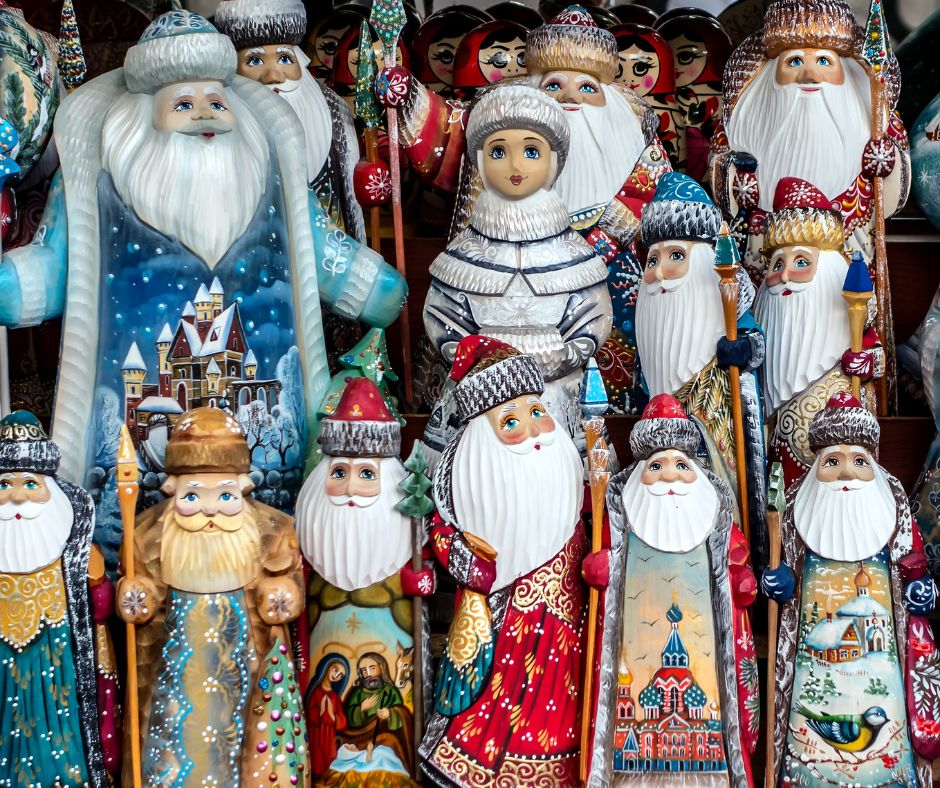

In Russia, New Year’s, or ‘Novy God’, is celebrated with grandeur, involving traditions that blend historical customs with modern celebrations. Central to these festivities are the figures of Ded Moroz (Father Frost) and his granddaughter Snegurochka (Snow Maiden), who are akin to Santa Claus and his helpers in Western tradition.
They deliver presents to children, and their presence is a staple in New Year’s parades and family gatherings. The holiday is celebrated with festive meals, decorations, and often, the watching of popular New Year-themed Soviet films, reflecting a blend of traditional and contemporary Russian culture.
Brazil
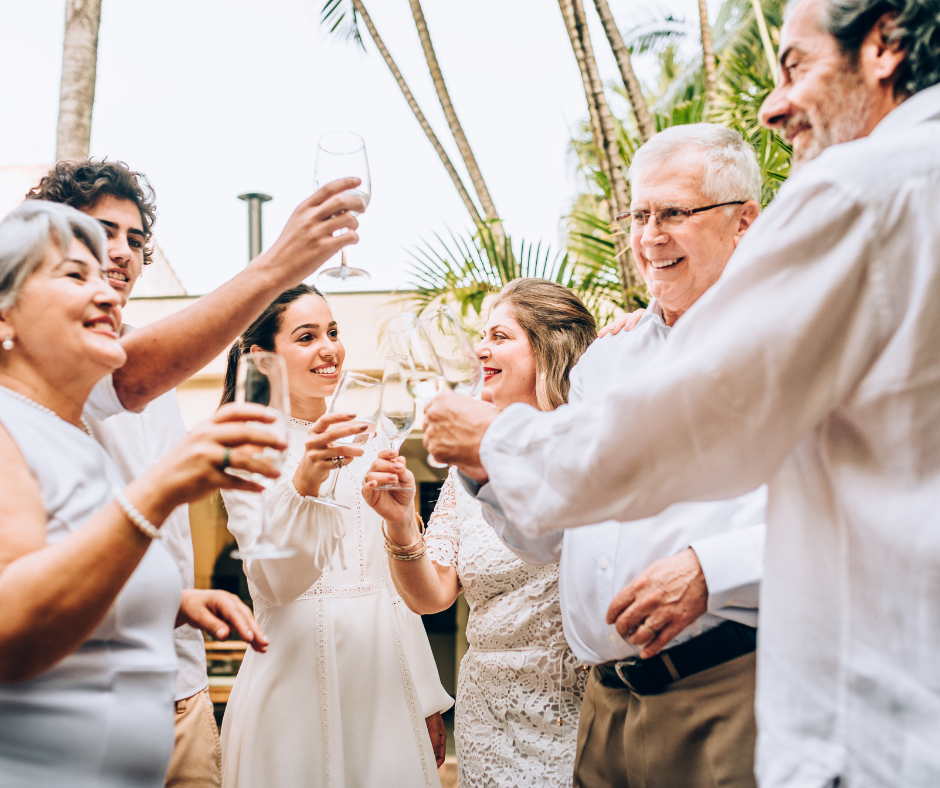

In Brazil, New Year’s Eve, particularly in Rio de Janeiro, is celebrated with a distinct and visually striking tradition. Many people dress in white, symbolizing peace and renewal, and gather on the beaches, such as Copacabana.
Casting wishes and eating pomegranate seeds are other classic New Year’s traditions that are particularly popular in some regions of the country. The Seven Wishes tradition involves eating seven pomegranate seeds at the stroke of midnight on New Year’s Eve. As each seed is eaten, individuals make a wish for the coming year. The idea is that each seed represents a wish or hope for the future. In some cases, Brazilians will jump over seven waves to cast their wishes.
A highlight of this celebration is the offering of flowers and small gifts to Yemanjá, the goddess of the sea in Afro-Brazilian religious traditions. This ritual, performed at the ocean’s edge, is believed to bring good luck, and ward off bad luck. It is a testament to the country’s rich cultural and spiritual tapestry.
USA
The United States’ most iconic New Year’s celebration takes place in Times Square, New York City, with the Ball Drop event. The Times Square Ball Drop has been a tradition since 1907. To build anticipation, a large crystal ball is lowered down a pole, reaching the bottom precisely at midnight.
This event, accompanied by a countdown, confetti, and massive crowds, is broadcast nationally and is emblematic of the New Year’s celebration in the American cultural context. The gathering in Times Square, often amidst cold winter weather, showcases the communal spirit and enthusiasm characteristic of American festivities.
Mexico


In Mexico, New Year’s customs blend superstition with tradition. One notable practice involves eating a grape at each strike of the bell at midnight, amounting to twelve grapes for the twelve chimes. Each grape represents a wish or hope for the coming month, making this a moment of reflection and aspiration.
Another tradition is the sweeping out of the house, symbolizing the removal of negative energy or experiences from the past year. This practice reflects a deeper cultural emphasis on starting the New Year with a clean slate, both literally and metaphorically.
Nigeria
In Nigeria, New Year’s celebrations are often marked with fireworks, parties, and religious services. Among the Yoruba people, the festival of Owara (also known as Owaro) in Ile-Ife is celebrated around the New Year. It is a cultural and traditional festival with music, dance, and a parade of masquerades, representing a significant aspect of Yoruba culture.
Ghana
The Aboakyir festival, celebrated by the Efutu people of Winneba, sometimes coincides with the New Year. It involves a ceremonial deer hunt, which is a significant traditional ritual. The festival is a blend of cultural celebration and traditional rites, with a focus on unity among the people.
Kenya
In Kenya, New Year’s celebrations are often marked by social gatherings, concerts, and fireworks. Among the Maasai people, Enkang oo-Nkiri, a feast involving meat eating, can occur around the New Year period. This feast is a vital part of Maasai culture, signifying unity and celebration.
Morocco
In Morocco, New Year’s Eve is celebrated with social gatherings and special meals. Berber communities in Morocco celebrate their New Year, known as Yennayer, around January 12th. This celebration includes traditional foods, music, and dance, and marks the start of the agricultural calendar.
Ethiopia
Ethiopia celebrates its New Year, Enkutatash, in September, marking the end of the rainy season and the beginning of spring. This celebration, which falls on Meskerem 1 in the Ethiopian calendar (typically September 11th in the Gregorian calendar), involves unique customs such as the lighting of bonfires, singing of songs, and the exchange of bouquets of flowers.
Enkutatash, which translates to ‘gift of jewels’, also has religious significance, as it coincides with the return of the Queen of Sheba to Ethiopia after her visit to King Solomon in Jerusalem, according to local lore.
Egypt
Sham El-Nessim is an ancient Egyptian festival celebrated on the day following Eastern Orthodox Easter. Although it falls outside the traditional New Year period, it is a significant festival marking the arrival of spring and is an important New Year’s tradition for Egyptians.
Dating back to Pharaonic times, the day is marked by family gatherings, picnics in parks, and the consumption of traditional foods like feseekh (salted fish), lettuce, and onions. This festival, transcending religious boundaries, is observed by both Christians and Muslims in Egypt and symbolizes themes of renewal and the coming of warmer weather.
Australia
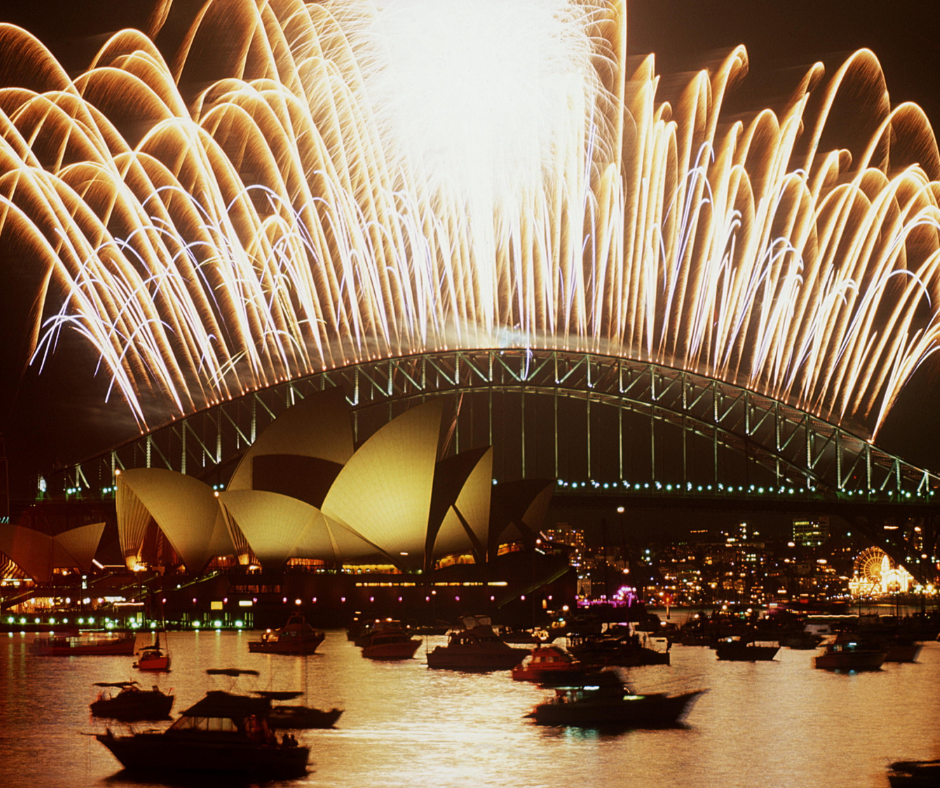

In Australia, the New Year is celebrated with a significant emphasis on outdoor events and public displays, with Sydney’s New Year’s Eve fireworks being a globally recognized spectacle. These fireworks, set against the backdrop of the Sydney Harbour Bridge and Opera House, attract thousands of spectators and are broadcast worldwide.
Alongside the fireworks, various cities across Australia host outdoor concerts and community events, reflecting the nation’s love for outdoor, communal celebrations. These gatherings, often in warm summer weather, underscore the Australian spirit of camaraderie and festivity.
New Zealand
New Zealand holds the distinction of being among the first countries to welcome the New Year. Major cities like Auckland and Wellington host public fireworks and events as part of their New Year’s Eve celebrations. Additionally, the celebration of the New Year in New Zealand is marked by the acknowledgment of Maori traditions.
The Maori, the indigenous people of New Zealand, have their own customs and rituals for celebrating the New Year, which traditionally aligns with the Matariki – the Maori New Year – observed when the Pleiades constellation rises in mid-winter. These celebrations are a blend of ancient traditions and modern festivities, reflecting New Zealand’s cultural heritage and contemporary diversity.
Surprising Traditions for New Year’s Eve
Denmark
In Denmark, a unique New Year’s tradition involves the smashing of plates against the doors of friends and family. This custom, far from being seen as an act of vandalism, is actually a gesture of affection and good wishes. The larger the heap of broken plates at your doorstep, the more popular you are considered. This tradition symbolizes leaving behind any ill-will or negativity and starting the New Year with a clean slate.
Philippines
The Philippines celebrates the New Year with a focus on round shapes, symbolizing prosperity and wealth. This manifests in various forms, from wearing polka dots to choosing to eat round foods. The circular shape is believed to attract fortune and good luck for the coming year. Homes are often decorated with round objects, and families gather for a midnight feast that features twelve different round fruits, each representing a month of the year.
Ecuador
In Ecuador, a unique tradition called ‘Año Viejo’ (Old Year) involves the creation and burning of effigies. These effigies, often made to resemble public figures or fictional characters, are set ablaze at midnight. This practice symbolizes the burning away of the old year’s bad experiences and is believed to purify the coming year. Accompanied by fireworks and celebrations, this tradition is both a cathartic farewell to the past year and a hopeful welcome to the new one.
South Korea
In South Korea, the New Year (Seollal) is celebrated with a practice called ‘Charye’, where families hold memorial services for their ancestors. This involves preparing a table with food offerings in a ritualistic manner. This tradition reflects the deep respect for ancestors in Korean culture, with the belief that the spirits of ancestors visit their living descendants during this time. Seollal is also a time for wearing traditional attire, playing folk games, and sharing special meals.
Finland
In Finland, a New Year’s custom involves casting molten tin into water and interpreting the shape it forms. This practice, known as ‘molybdomancy’, is a form of fortune-telling. The shapes made by the cooled tin are used to predict the future of the individual for the coming year. This tradition reflects the Finnish interest in nature and the mystical, blending old folklore with modern-day celebrations.
Final Thoughts on New Year’s Traditions from Around the World


These traditions, ranging from the fireworks of Sydney to the grape-eating rituals of Spain, not only highlight the varied ways in which societies mark the passage of time but also underscore a universal theme: the celebration of renewal and hope. Despite the differences in customs, there is a common thread of bidding farewell to the old and welcoming the new with optimism and aspiration. This universal sentiment, deeply rooted in human experience, demonstrates our shared desire to start anew, foster goodwill, and look forward to the upcoming year with anticipation and hope.







